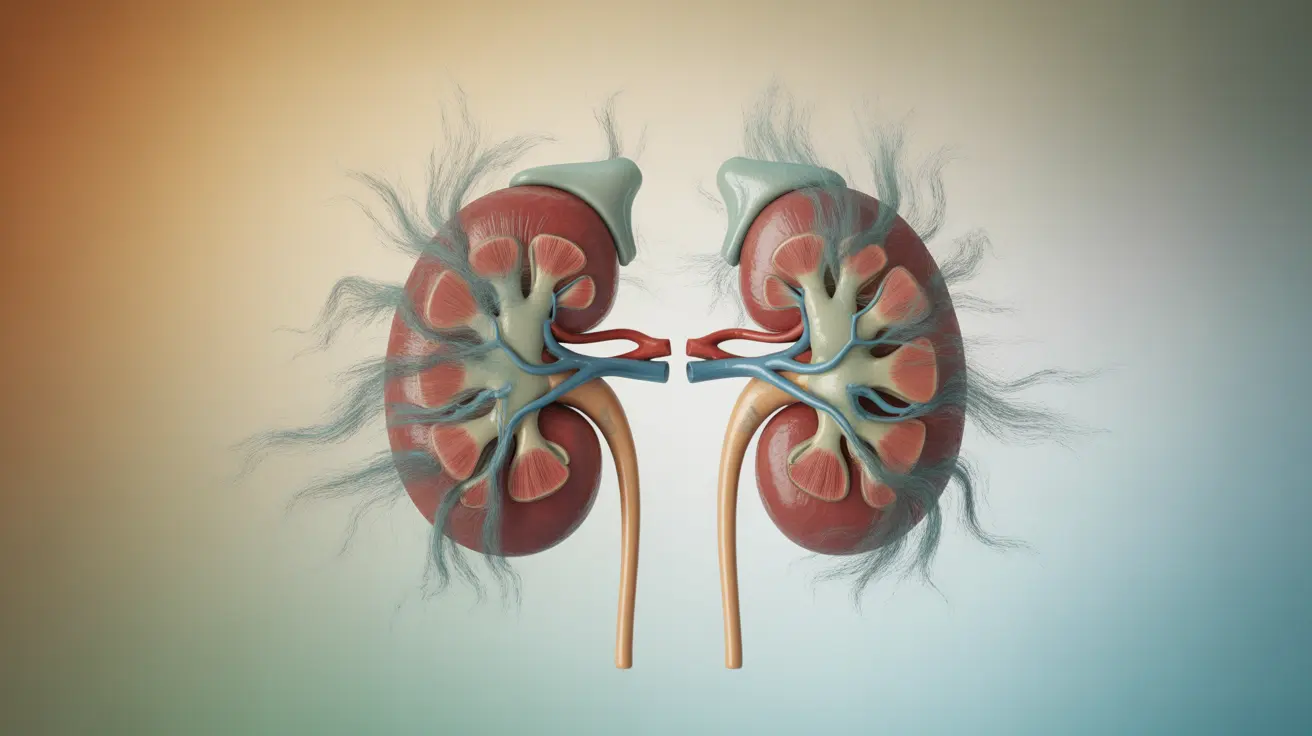When kidney function declines to just 10 percent, patients and their families face critical decisions about treatment options and care paths. Understanding life expectancy without dialysis at this stage of kidney disease is crucial for making informed healthcare choices that align with personal values and quality of life preferences.
This comprehensive guide explores survival rates, treatment options, and factors that influence life expectancy for those with severely reduced kidney function who choose not to pursue dialysis.
Understanding End-Stage Kidney Disease and 10 Percent Function
When kidneys operate at only 10 percent of their normal capacity, this indicates end-stage kidney disease (ESKD). At this advanced stage, the kidneys can no longer effectively filter waste products from the blood, maintain proper fluid balance, or perform other vital functions necessary for survival.
Without intervention, this severe degree of kidney dysfunction leads to the buildup of toxins and excess fluid in the body, affecting multiple organ systems and overall health.
Life Expectancy Without Dialysis
The survival time for someone with 10 percent kidney function who chooses not to undergo dialysis varies significantly based on individual factors. Generally, patients may survive anywhere from days to several months, though some may live longer under specific circumstances.
Key Factors Affecting Survival Time
Several factors influence how long a person might survive without dialysis:
- Residual kidney function
- Overall health status
- Presence of other medical conditions
- Age and physical condition
- Quality of medical management
- Dietary compliance
- Access to supportive care
Treatment Options and Decision-Making
Dialysis Treatment
Dialysis is typically recommended when kidney function drops below 15 percent. This life-sustaining treatment removes waste products and excess fluid from the blood, helping to maintain vital body functions.
Conservative Management
Some patients choose conservative management, which focuses on:
- Symptom management
- Dietary modifications
- Medication adjustment
- Quality of life preservation
- Palliative care support
Quality of Life Considerations
The decision to forgo dialysis is deeply personal and may be influenced by various factors:
- Age and overall health status
- Personal values and beliefs
- Support system availability
- Quality of life priorities
- Cultural and religious preferences
Frequently Asked Questions
What is the life expectancy for someone with 10 percent kidney function without dialysis?
Without dialysis, life expectancy with 10 percent kidney function typically ranges from days to several months, depending on individual factors such as overall health, age, and the presence of other medical conditions.
How long can a person survive with end-stage kidney disease if they choose not to have dialysis or a transplant?
Survival time varies significantly among individuals, but most patients with end-stage kidney disease who choose not to pursue treatment typically live for weeks to months. Some may survive longer with proper conservative management and medical support.
When is dialysis typically recommended for kidney failure patients with low kidney function?
Dialysis is typically recommended when kidney function drops below 15 percent, or when patients experience severe symptoms of kidney failure such as fluid overload, dangerous electrolyte imbalances, or uremic symptoms.
What factors influence survival rates for patients on dialysis or with kidney failure?
Survival rates are influenced by age, overall health status, presence of other medical conditions, timing of dialysis initiation, treatment compliance, nutrition status, and access to quality medical care.
What are the treatment options and benefits of dialysis versus conservative care for kidney failure?
Treatment options include dialysis, which actively filters blood and extends life, or conservative care, which focuses on symptom management and quality of life. The choice between these options depends on individual circumstances, values, and goals of care.




